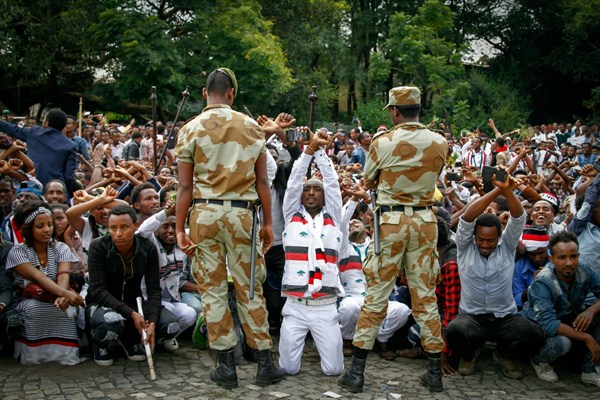In late March, lawmakers in Ethiopia voted unanimously to extend the country’s state of emergency for four more months. The emergency was first imposed last October as violence escalated following more than a year of anti-government protests. The protests have largely occurred in the Oromia and Amhara regions, the homelands of the country’s two biggest ethnic groups who complain of being marginalized by the central government. In an email interview, William Davison, an Addis Ababa-based freelance journalist and WPR contributor, gives an update on the crisis and the government’s response.
WPR: How has the crisis in Ethiopia evolved since last October, and did the decision to extend the state of emergency come as a surprise?
William Davison: Since the state of emergency was declared by Ethiopia’s government on Oct. 9, there haven’t been any significant protests. The biggest direct challenge for the authorities appears to have been clashes with armed groups in the north of Amhara region, although the extent of the fighting there is unclear.

